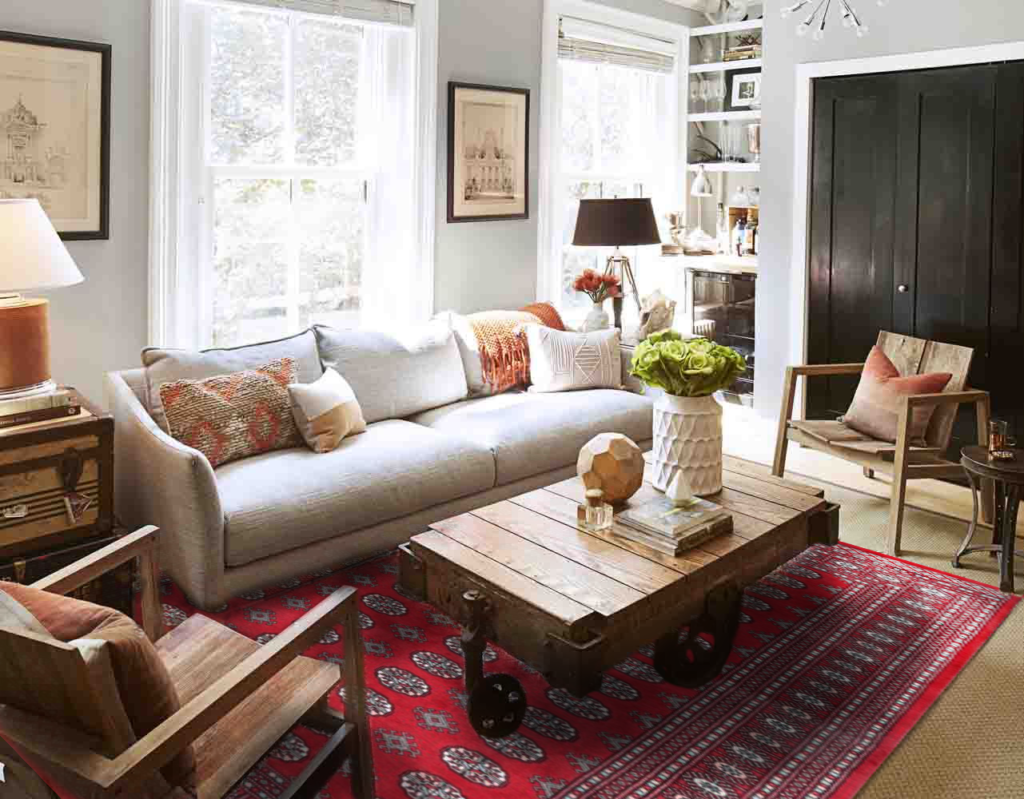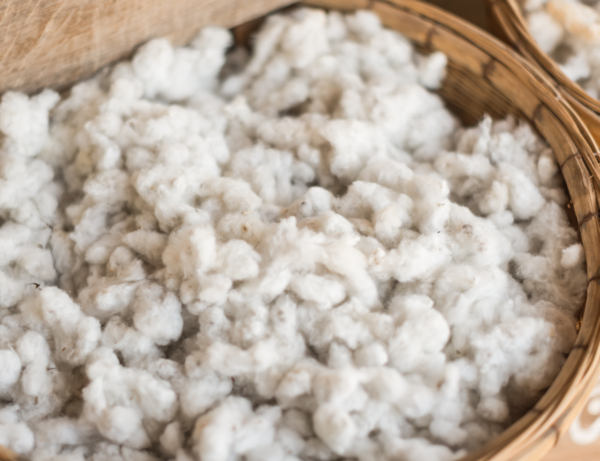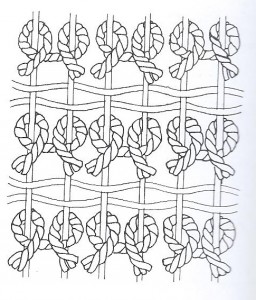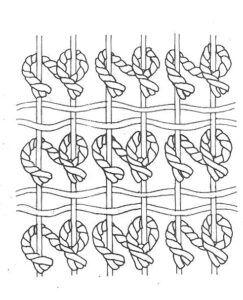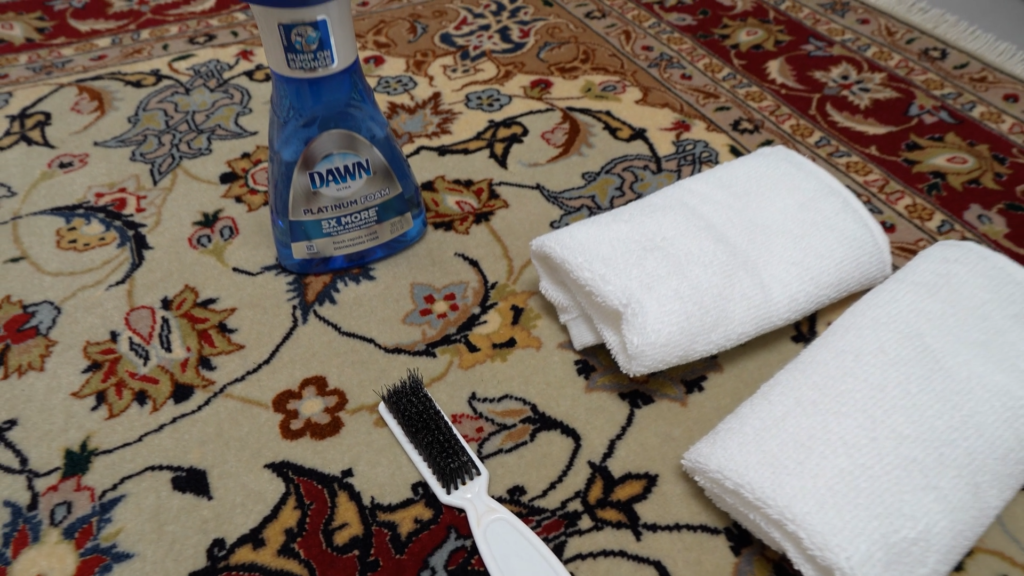Bokhara
Bokhara Rugs: A Treat For The Eyes & For The Feet
When you see a Pakistani Bokhara rug, you’ll know it immediately. These rugs have a few unmistakable traits that make them unique and easily identifiable. The most prominent feature of a Bokhara rug is its design. The trademark style consists of geometric motifs called Guls, which usually appear in recurring rows. The background and the design elements are hand knotted using a wide array of deep, rich, vibrant colors that add to their charm and beauty. While in some rugs the pile is left longer than usual for a dense, lush look, in others the pile is trimmed to give the rugs a sharper, cleaner finish.
The Gul: A Hallmark Feature In Bokhara Rugs
The gul is essentially a stylized geometric motif with eight sides. The shape tends to be more oblong rather an even-sided octagonal shape. Within that basic definition, there are several variations in size, shape, design and color combinations so that it is extremely rare to see two rugs with the same gul design.
Even the way they are placed can differ widely, with the columns and rows placed at diversely spaced intervals and other design elements scattered in between.
Designing a Bokhara Rug
When you consider that the construction and design of a Bokhara rug is governed by very definite guidelines, the sheer variety of rugs available is amazing. This stems from the fact that these rugs are hand knotted and as such, how they turn out really depends upon the weaver’s personal style. The weavers play around with various color combinations together with differently styled guls to give the finished piece a look that is distinctive from all others. Different weavers use different hand knotting styles, adding to the uniqueness of the finished Bokhara rug.
Selective Use Of Colors
In addition to the characteristic gul design, another very distinguishing attribute of Bokhara rugs is the way the colors are used. Each individual rug actually features only 5 to 6 top colors. Very rarely will a Bokhara rug feature more top colors than that. Weavers select their colors very creatively so that when woven in, anybody looking at the finished rug would hardly ever notice that only limited colors have been used in the creation of the rug. In fact, the finished rugs look so colorful with their bold shades and clever interplay of colors that they seem to be woven using numerous colors. Colors most commonly used in Bokhara rugs include red, orange, rust, black, teal, navy, peach, green, slate and rose.
Diverse Constructions Add To The Variety
The foundation of Bokhara rugs is usually cotton or wool and so is the pile. The final finish of the rugs depends on the origin of the wool used to weave the pile. Wool that is sourced from local regions give the rugs a more rustic appearance whereas wool imported from countries such as New Zealand gives the rugs a more lustrous appearance.
The length of the pile also adds character to these rugs. Rugs with a longer pile are denser and softer but tend to compromise the integrity of the design whereas the design outlines are more clearly demarcated in rugs with a shorter pile.
